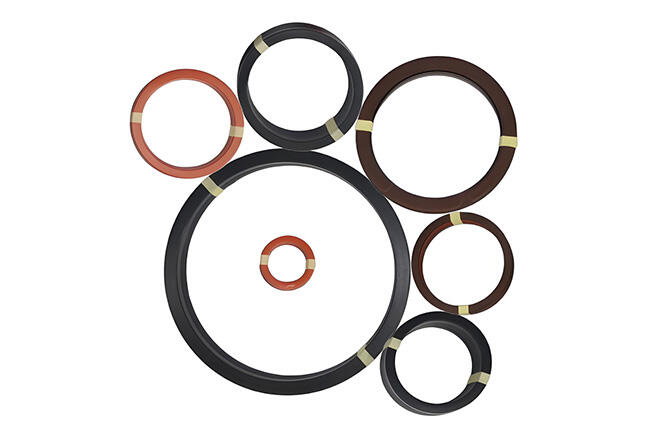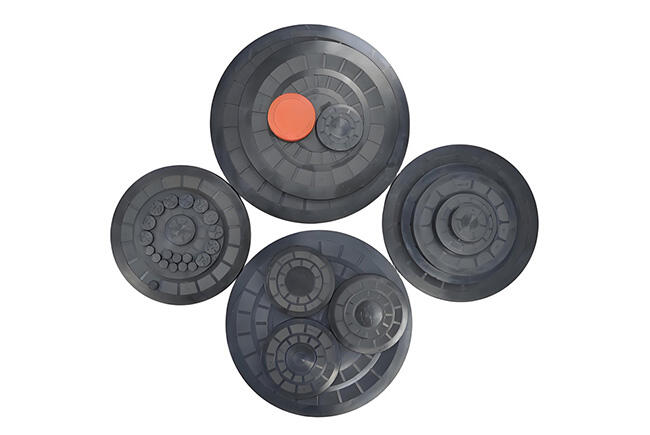Oil-film bearings are widely used in steel plants, particularly in rolling mills. These bearings support heavy loads at low friction and rely on a consistent oil layer to function effectively. However, to maintain this oil film and protect the bearing system, the right sealing solution is essential.
So, what types of seals are commonly used in oil-film bearing systems?
Key Seal Types Used
Labyrinth Seals
These non-contact seals use a maze-like path to prevent contaminants from entering and oil from escaping. Their main advantage is that they reduce wear, making them suitable for high-speed, high-load applications.
V-Ring Seals
Used primarily as a secondary barrier, V-ring seals help keep water, scale, and dust away from the bearing housing. Made from elastomers like NBR or HNBR, they operate in low-friction conditions and are easy to install.

End Cap Seals
These are integrated into the housing design and provide a passive sealing mechanism, often used in combination with other dynamic seals to ensure multilayer protection.

Mechanical Face Seals
In environments with high contamination risk, mechanical seals provide a robust sealing surface between rotating and stationary components. Though more complex, they offer additional protection in heavy-duty mill operations.
Common Questions
Q1: Why are non-contact seals preferred in oil-film bearing applications?
Non-contact seals like labyrinths generate minimal friction and do not interfere with the oil film, preserving bearing efficiency and reducing heat buildup.
Q2: Can a single seal type provide full protection?
In most cases, no. Steel mills use layered sealing systems—labyrinths combined with elastomeric or V-rings—to ensure both oil retention and contamination exclusion.
Q3: How often do these seals need replacement?
It depends on operation cycles and exposure levels. While labyrinths can last longer due to no contact, V-rings and elastomeric seals may require more frequent inspection and replacement.
When choosing seal types, consider not only the mechanical fit but also the environmental exposure, lubrication strategy, and ease of maintenance. These factors together determine the best-fit solution for your oil-film bearing systems.
 Hot News
Hot News